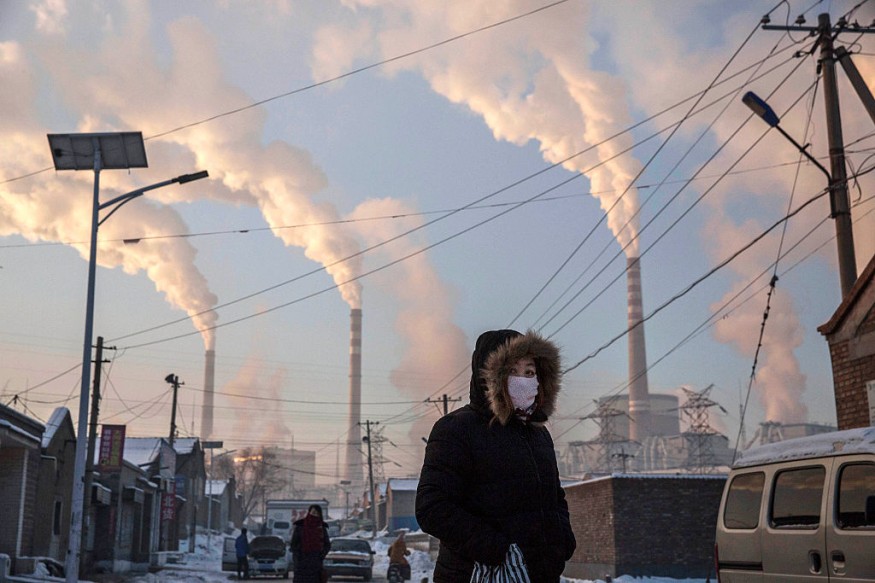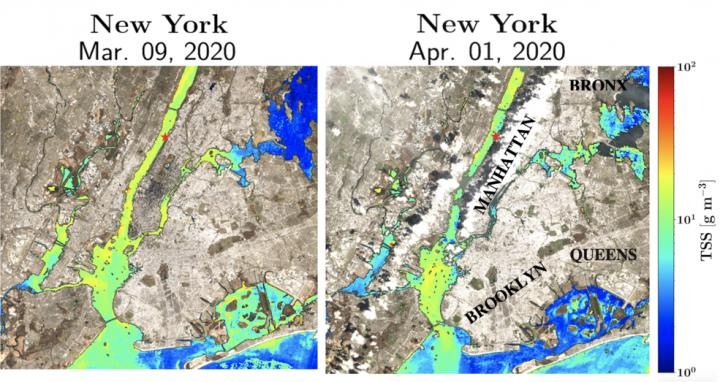What does a pandemic-free year look like? NASA's new model intended to address the issue, exposing the coronavirus lockdown's impact on the environment.
NASA researchers built a computer-generated model that points out how the year 2020 will have unfolded without a global pandemic. The charts show a startling truth: this year, global amounts of nitrogen dioxide were almost 20 percent smaller than they would otherwise have been.
It is a stark example of just how great humanity affects the equilibrium of our environment of greenhouse gases. Researchers reported the model at the 2020 International Conference for High-Performance Computation, Networking, Storage, and Study.

Decline in Greenhouse Gas Emissions
Satellites have measured a significant decrease in nitrogen dioxide levels worldwide after government-mandated lockdowns started around the world early this year. In April, satellite photos obtained by the European Space Agency (ESA) showed a decline in nitrogen dioxide levels of 45-50 percent across Europe.
Satellite data obtained by NASA in March 2020 shows a 30 percent decrease in the levels of nitrogen dioxide relative to the average levels reported throughout the Northeast United States from March 2015 through March 2019.
Among the most common greenhouse gas emissions is nitrogen dioxide, and it is used as an indicator of environmental pollution.
The scientists behind the latest models had a suspicion that human behavior would slow down with lockdowns, and greenhouse gas pollution would decrease in exchange. But to prove the theory, they wanted to.
"We all knew the lockdowns were going to have an impact on air quality," Christoph Keller, a scientist at NASA's Goddard Space Flight Center and co-author of the new research, says.
"It was also soon clear that it was going to be difficult to quantify how much of that change is related to the lockdown measures, versus general seasonality or variability in pollution," he explains.
Keller also lauded the countries for reducing their nitrogen dioxide concentrations over the last decades due to clean air regulations. "But what our results clearly show is that there is still a significant human behavior-driven contribution," he said.
Other Changes
Deforestation rates are changing in some regions, air contamination is declining, environmental quality is rising, and after the pandemic started earlier this year, snow is becoming more reflective.
Surface air samples and thermal infrared data from Landsat found that amounts of air emissions have fallen dramatically. One study showed that the concentration of particulate matter (PM) 10, an air pollutant, decreased by around a third to a fourth of the pre-pandemic average in India.
During pandemic-related lockdowns, the snow albedo was greater than in the previous 20 years. As less citizens left home and workplaces were shut down or decreased activities, it is undoubtedly a result of the substantial decline in transport and industrial production.

Many of Manhattan's 2.1 million commuters started commuting from home or leaving the city as the city implemented a stay-at-home order in mid-March. Less citizens create these contaminants, which ensures fewer particles end up in the Hudson River's water. A more than 40 percent decrease in turbidity during the pandemic in a portion of the Hudson River was seen by satellite evidence.
The improved quality of the water would probably not last, Pahlevan says. Water quality would, therefore, revert as we adjust to pre-pandemic habits. If the planet goes back to its pre-pandemic ways, all of the environmental changes that researchers are seeing will not last.
Check out more news and information on Space on Science Times.











